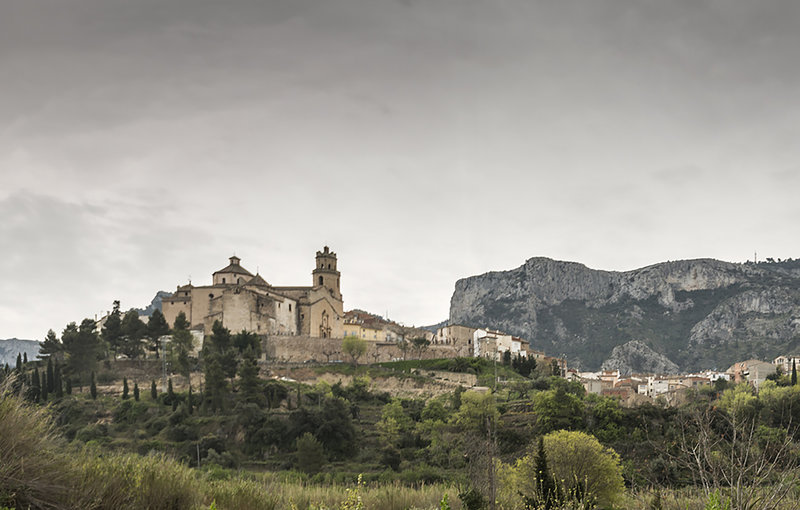History trails in the mountains of Tivissa
These trails cross natural landscapes of extraordinary beauty typical of the wild Mediterranean that also allow us to enjoy views as far as the Costa Daurada
The Tivissa mountain range, together with the Vandellòs mountain range, was formed under a shallow and warm Jurassic sea more than 200 million years ago. This explains why fossils of molluscs and crustaceans are found in these limestone rocks and dolomites. It is also easy to find springs and wetlands, natural ponds and plateaus.
In these mountains, historically linked to agricultural activity, are to be found cobbled paths and dry stone walls of great historical value, and some villages, such as Llaberia, are testament to what the territory was like from the Middle Ages to the decade of the sixties in the past century.
There are three different options for entering the mountains of Tivissa. There are trails for walking, for mountain biking and even horseback riding. You will find all the information at www. turismetivissa.com. The Borjos, the hermitage of Sant Blai, the Voltes de la Llena, Les Moles, the caves of Vilella and the ravine of the Fogassos, and Monral de Pena-roja are some of the proposals that the Tivissa town council offers visitors for getting to know the area better.
These are itineraries and trails of different difficulties that can be done between an hour and a half (the route of the hermitage of Sant Blai, the first GR route in Catalonia, suitable for families) and up to four and a half hours (Monral de Pena-roja or the Caves of Vilella and the ravine of the Fogassos, where cave paintings can be observed). These trails cross natural landscapes of extraordinary beauty with authentic rocky and mountainscenery typical of the wild Mediterranean that also allow us to enjoy distant views as far as the Costa Daurada.
Visitors can complement the routes through the mountains of Tivissa with a variety of leisure and cultural activities, such as visiting the Iberian city of Castellet de Banyoles, where there is also the castle built by the county of Barcelona to avoid the taxes imposed from Tortosa. Meanwhile, the Espai Ilercavònia is an interpretation centre providing information about the Ibers. There is also the option of doing some wine tourism in one of the area’s wineries. Exactly 10 kilometers from the centre of Tivissa, surrounded by vineyards and olive groves, the village of Darmós (originally formed by farmhouses of Saracen inhabitants), is part of the municipality of Tivissa and is known for the quality of its wines.
out & about

